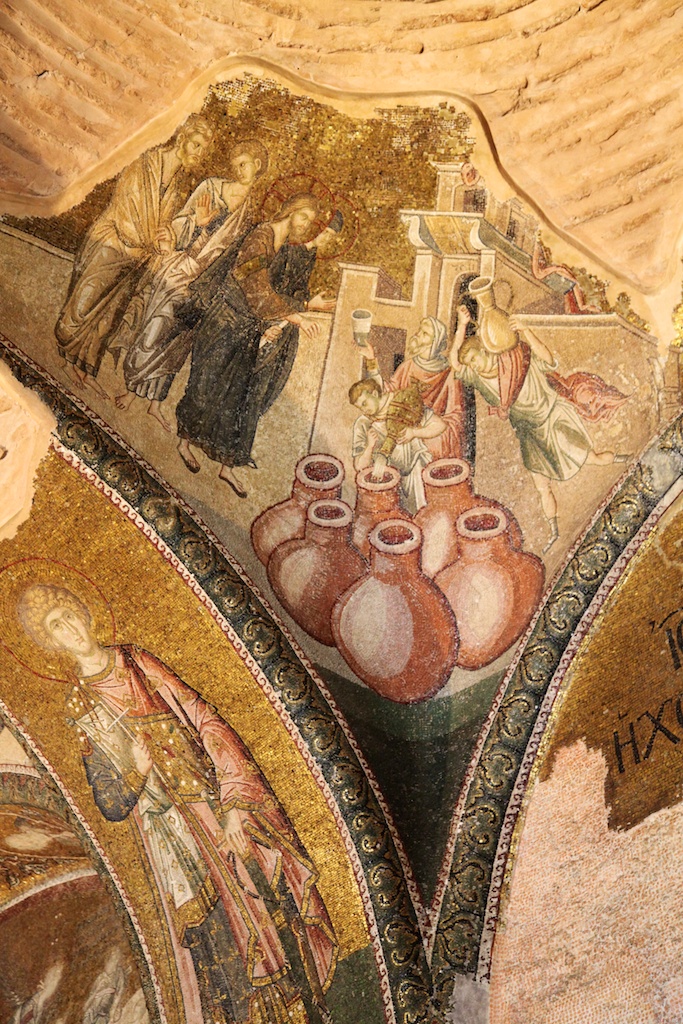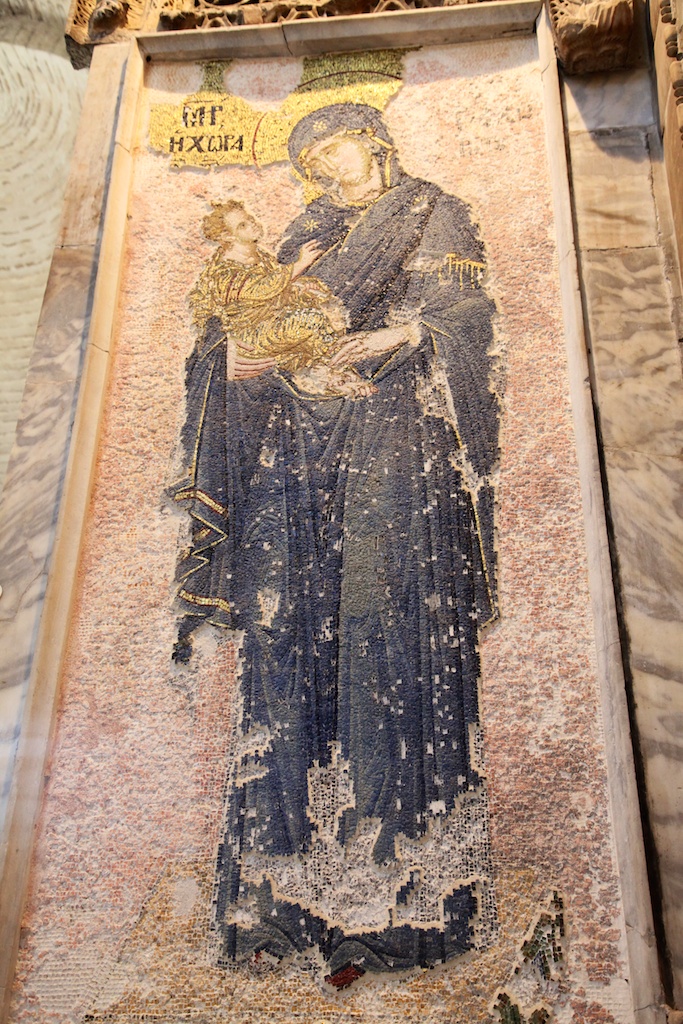Byzantine Turkey
I recently returned from a holiday in Turkey. Before I left, the most frequently asked question was: “Are you still going?” Upon my return, the question was: “How was it?” The answer: Marvelous.
I am a fan of travelling when apparent (not real) turmoil reduces the tourist crowds. I started this touring strategy following the Achille Lauro hijacking by the PLO in 1985 with a trip to Italy. In the case of this Turkey trip, the situation was akin to visiting Midtown Manhattan while Occupy Wall Street was in Zucotti Park in Lower Manhattan. Staying in the Sultanahmet district, we were isolated by the Golden Horn from the demonstrations adjacent to Taksim Square and Gezi Park .
The significantly reduced tourist volume led to no lines at the Hagia Sophia and other popular sites, street side tables at restaurants without a reservation and more than manageable crowds at the Grand Bazzar for a morning of shopping. The unfortunate counter point is that the Istanbul merchants dependent on the tourist trade are suffering. I live in a city dependent upon revenues from tourism, I can empathize with the plight of the hoteliers, restauranteurs and shopkeepers.
Don’t hesitate to go! Now or this fall are the perfect times. The Turks are marvelous, friendly, welcoming people; Istanbul is a fantastic combination of religions, cultures and language; and the Mediterranean cuisine is delicious.
One word of caution, I enjoy exploring on foot and rely heavily on Google Maps for navigation. The “walking” directions for Istanbul are in beta. I found the directions to be excellent but the distance calculations are optimistic. The 5km stroll from the hotel to Chora Monastery was actually a 5 mile hike. A worthwhile hike but a bit of a distance surprise.
Church of the Holy Savior in Chora
Perhaps the distance should not have been a surprise as Chora is the Greek word for country side (Kariye in Turkish). The Church was built outside the city walls and dates to the 4th century AD. The most distinguishing features of the Church are the frescos and mosaics which were produced in the 14th century and largely depict the lives of Christ and Mary based upon both canonical and apocryphal texts.
During the Ottoman period, Chora was converted to a mosque and the art work covered in observance of the Islamic prohibition of display of human representations in mosques. In 1948 secular Turkey, the works were revealed and Chora became a museum of wonderful Byzantine religious art. No matter how “remote,” it was the artistic highlight of the trip.
Here are several of my photos:
A pilgrimage to Chora is not to be missed. There is no need to walk. Taxi fare to the church is reasonable and there are abundant “taksi” available at the site for the return trip.









0 Comments
No comments yet
Leave a Comment